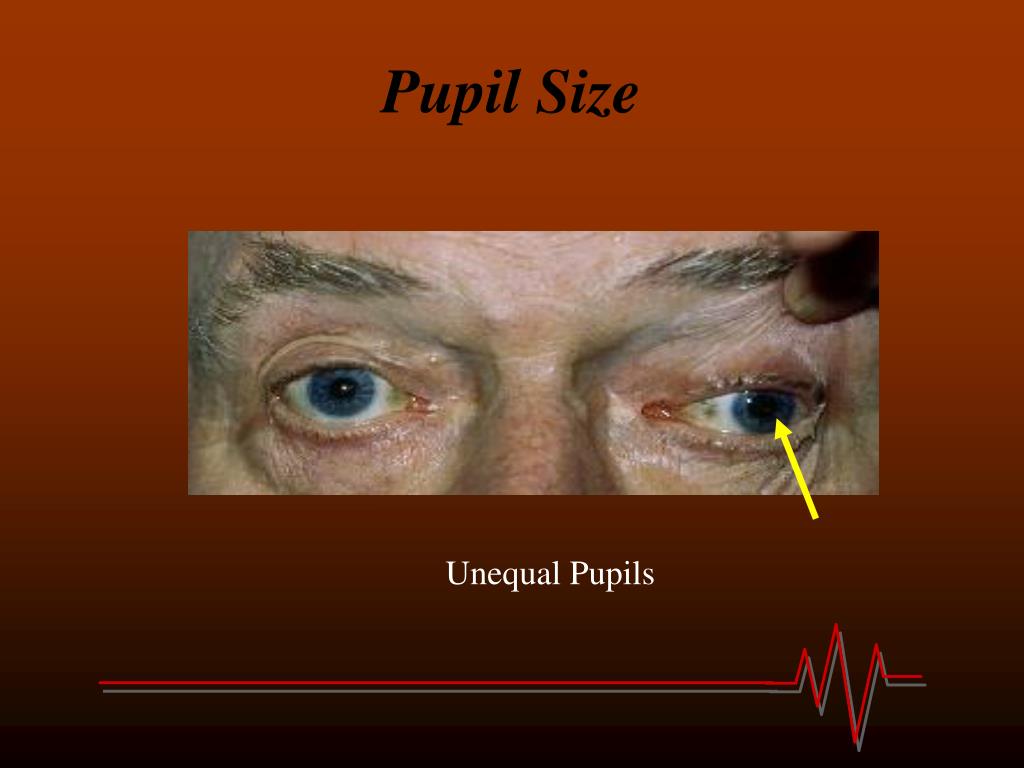
Pupil dilation can be attributed to an increase in the hormone and neurotransmitter oxytocin, which acts as a chemical messenger during sexual arousal. Pupil dilation that's a reaction to an emotional factor (adrenaline, attraction, stress) could have a shorter duration, and the pupil could return to normal size in as little as two to three minutes.ĭo your pupils dilate when you love someone? If pupil dilation is the side effect of a medication or drug, the duration may vary based on the type of drug and the dosage taken. The length of time is dependent on the type of drop used and how your body responds to it. If you received dilating eye drops from an ophthalmologist, your eyes could be dilated between four and 24 hours. Surgery (to repair eye damage from injury).Prosthetic contact lenses (to improve the appearance of eyes as the result of varying pupil size caused by trauma).Wearing sunglasses to reduce sunlight sensitivity (photochromic lenses, polarized lenses).For more serious cases of mydriasis, further treatment is required, including: Most of the time, dilated pupils will return to normal on their own without treatment, especially if they are the result of eye drops. Often, dilated pupils will cause symptoms based on how light reaches the eye. Ocular migraine (one eye can experience a sudden array of changes, similar to migraine sufferers without the headache.).Microvascular cranial nerve palsy (blood flow to nerves is blocked).Anisocoria (both pupils are different sizes).Adie's pupil (abnormal pupil response to light in one eye).Some medical conditions or injuries also dilate pupils, including: What medications cause my pupils to dilate?Ĭertain over-the-counter and prescription medications can also lead to dilated pupils, including: What recreational drugs cause dilated pupils?Ĭertain recreational drugs can dilate pupils, including: Sexual arousal (increased production of oxytocin hormone).An eye exam (eye drops used to examine nerves and retina).The most common causes of dilated pupils are: What are the most common causes of dilated pupils? Anisocoria affects about 20% of the population. This common condition occurs when both pupils react normally to light but vary in size by more than half a millimeter. Yes, when one pupil is more dilated than the other it is called anisocoria. Can one pupil be more dilated than the other? If pupils dilate suddenly, occur after a traumatic injury or cause headaches and confusion, seek medical attention immediately. Most of the time, dilated pupils will go back to normal size on their own.

Pupils are supposed to dilate under normal circumstances due to light changes and emotional variables. Should I be worried about my dilated pupils? Pupils are dilated when the center black portion of your eyes takes up more space than the colorful portion of your eyes (iris). Another term for mydriasis is “fixed pupil.” What is a normal size for pupils?Ī pupil’s normal size is 2 to 4 millimeters in bright light and 4 to 8 millimeters in dim light (dilated). Mydriasis is when the pupil is dilated and doesn’t respond to light. If a pupil does not get smaller in bright light or expand in the dark, the pupil is not functioning normally. This is called an accommodative response. Pupils also shrink when you focused on a close object. These changes are called direct responses. In the dark, pupils get larger to allow more light in. In bright light, your pupils will get smaller to prevent light from entering. The colorful part of your eye (iris) controls the size of your pupil with tiny muscles. Pupils change in size to control how much light enters your eye.


Pupils are typically the same size in both eyes. If your pupils are dilated, the black center of your eyes (pupils) are larger than usual. When it gets darker, your pupils dilate (get bigger) to let in more light. When you're outside in the sunlight or in a brightly lit room, your pupils constrict (get smaller).


 0 kommentar(er)
0 kommentar(er)
